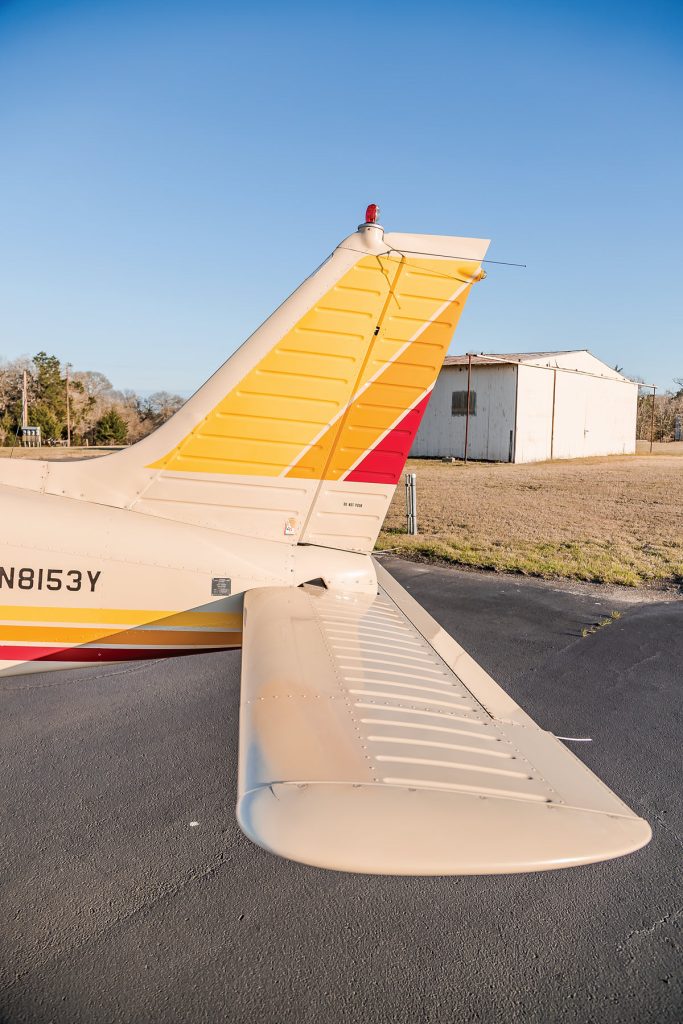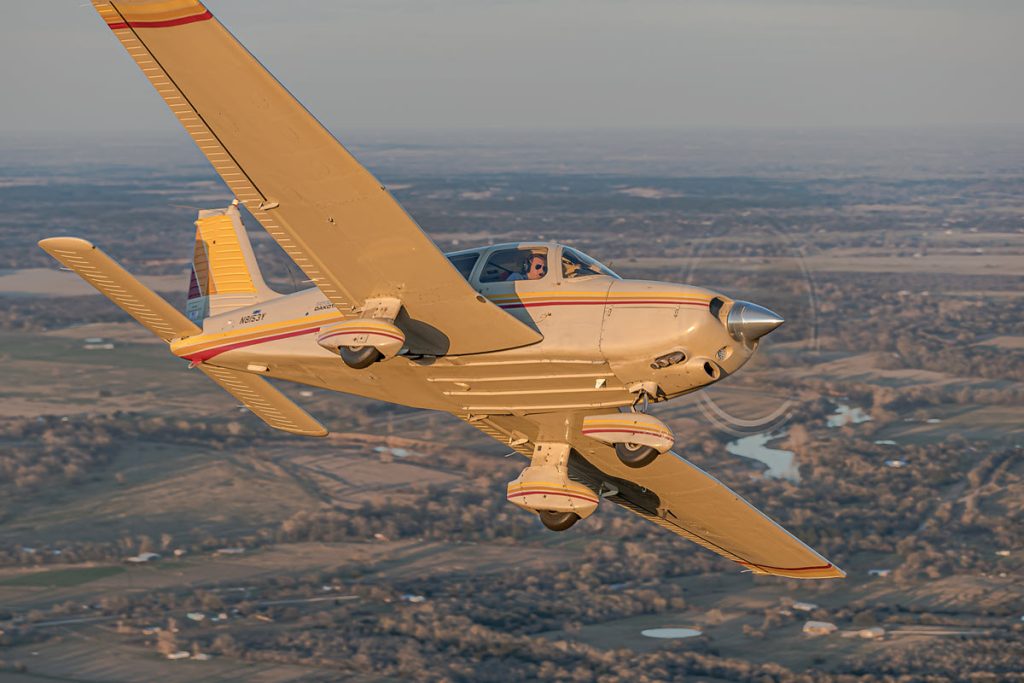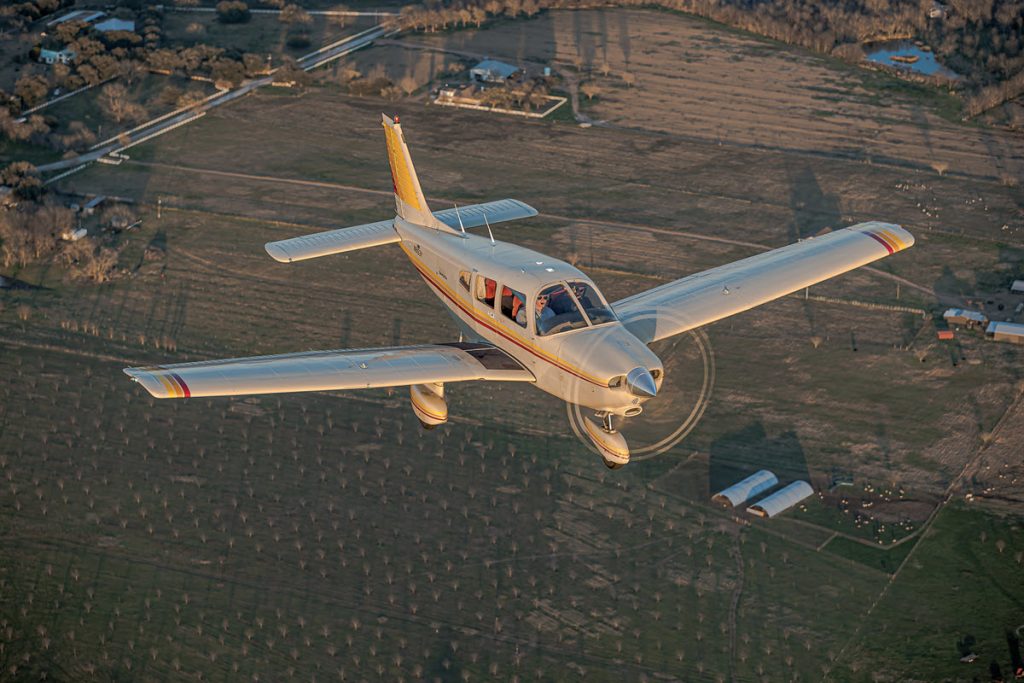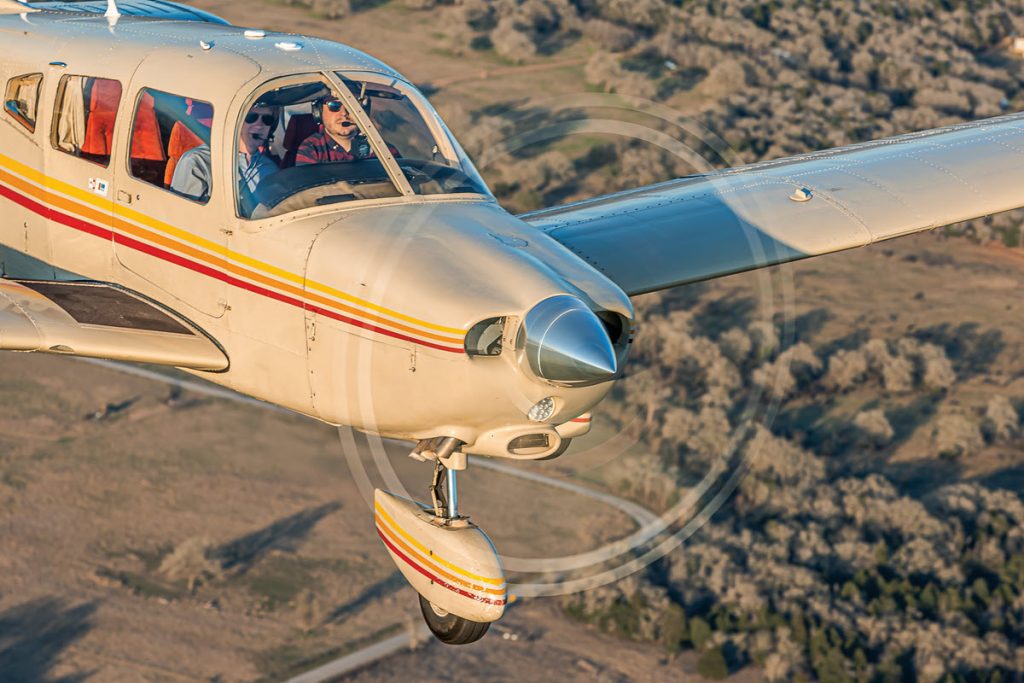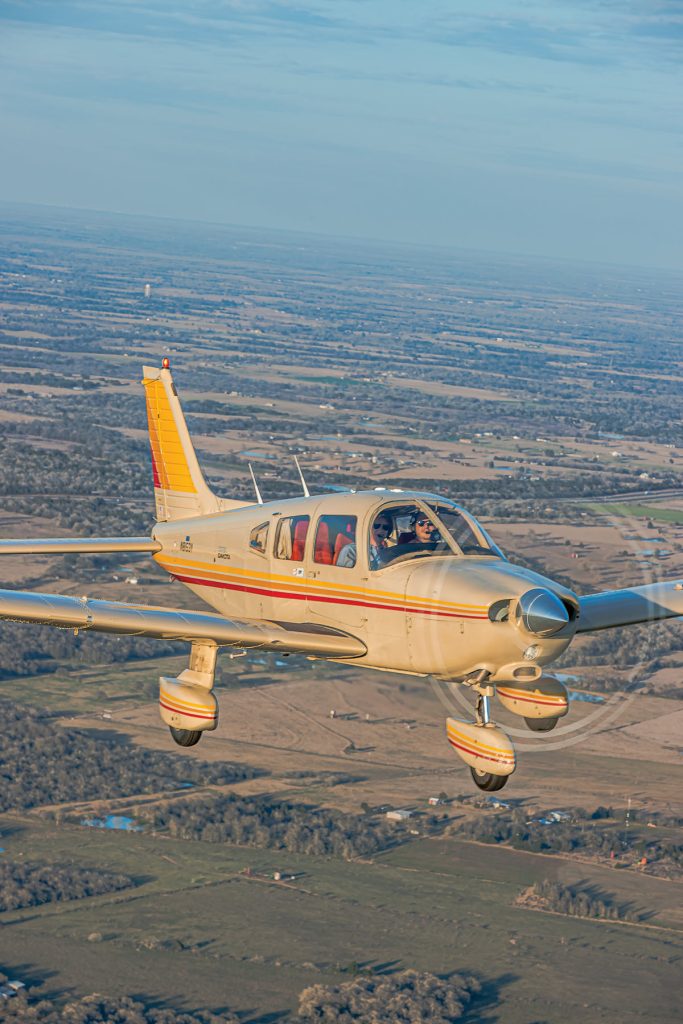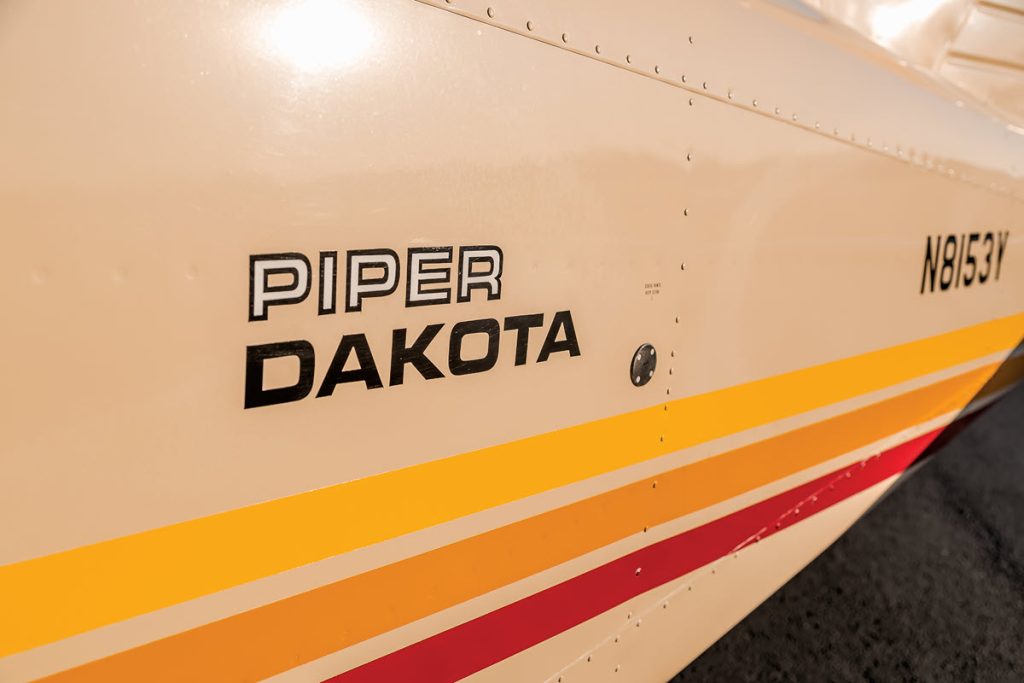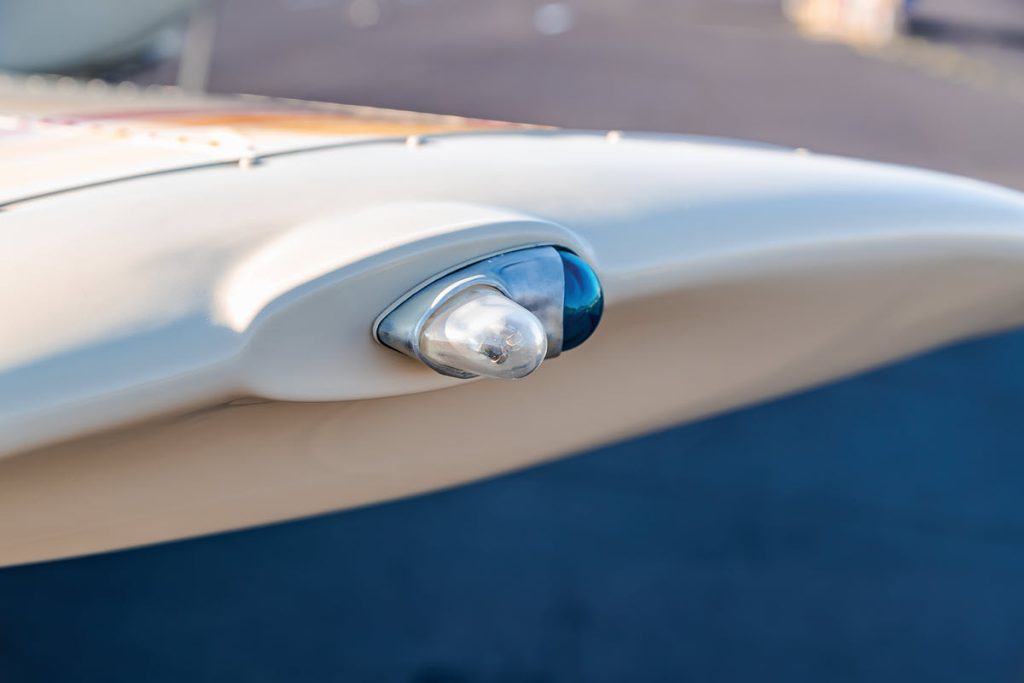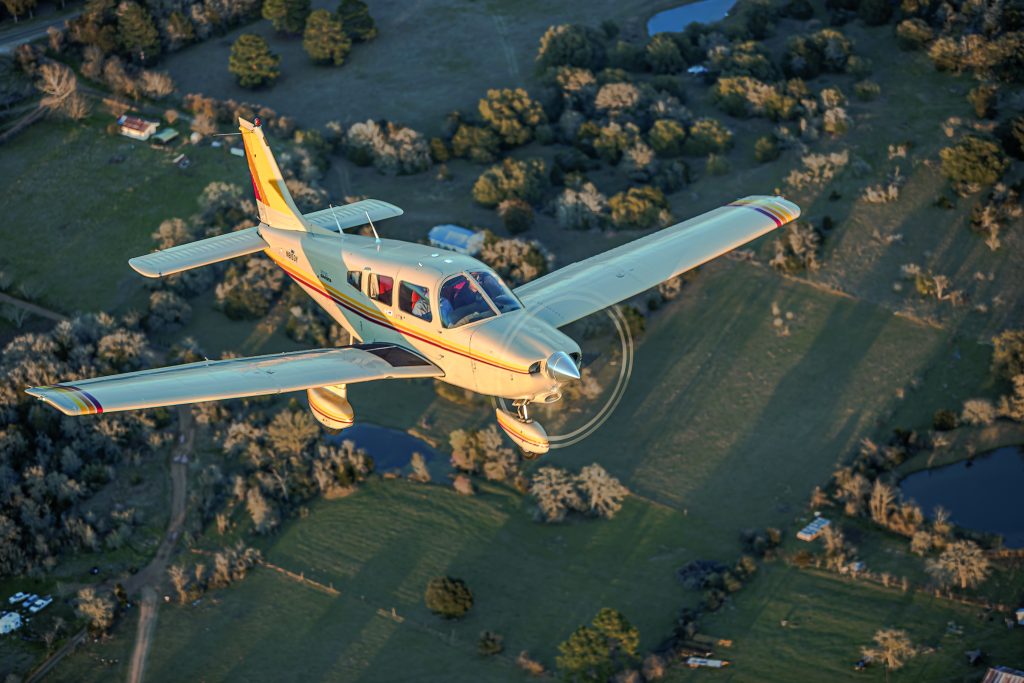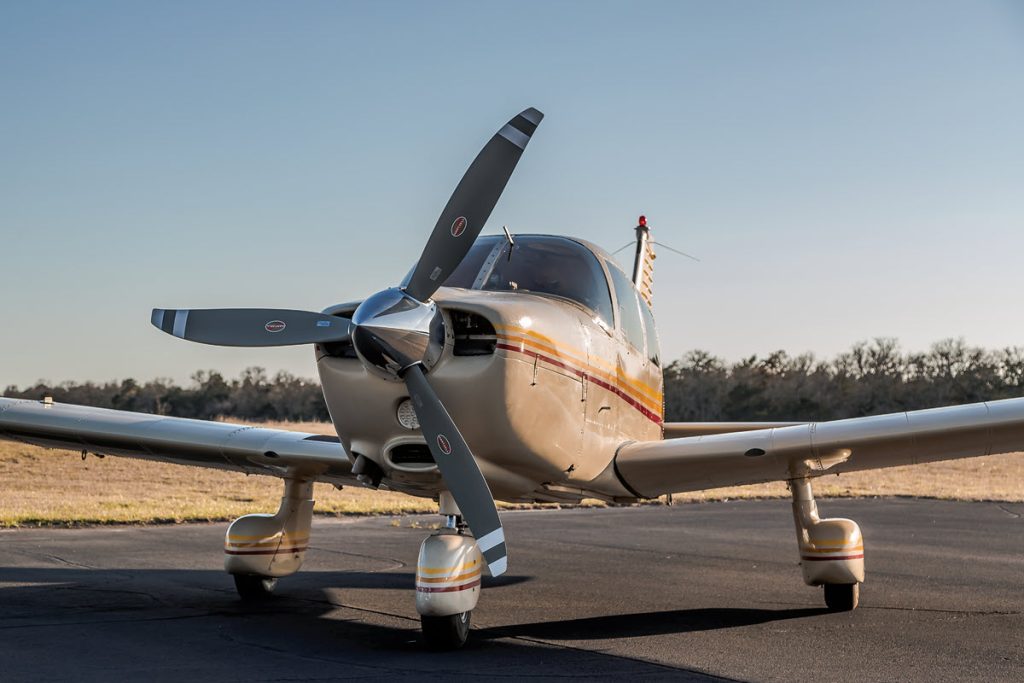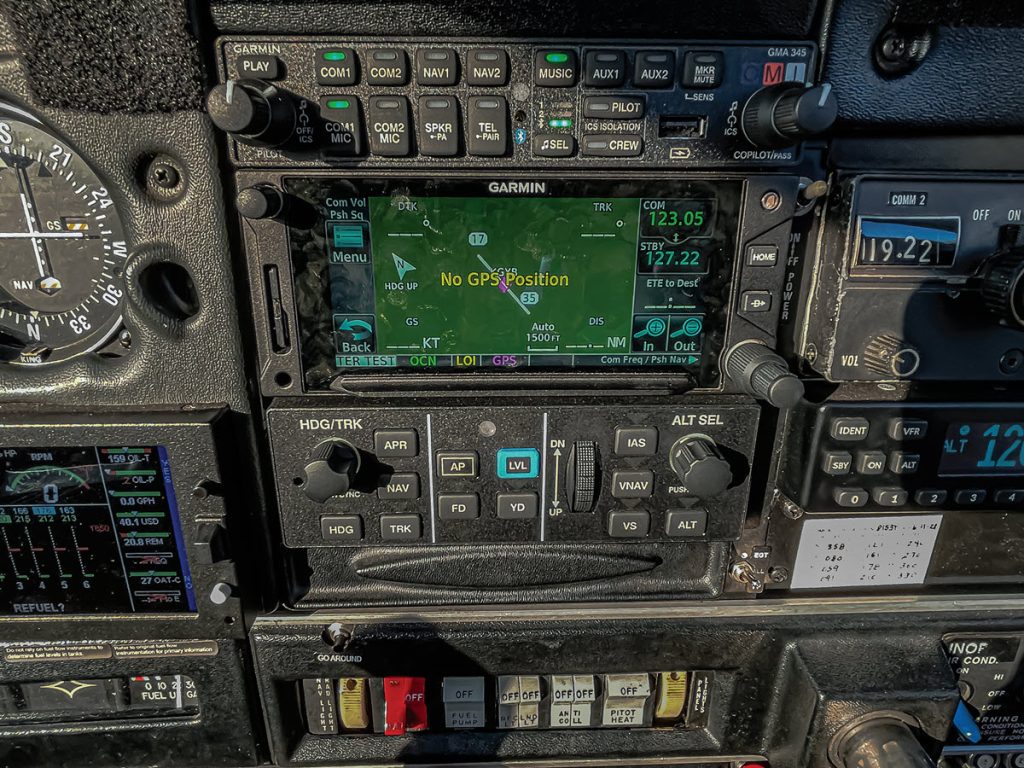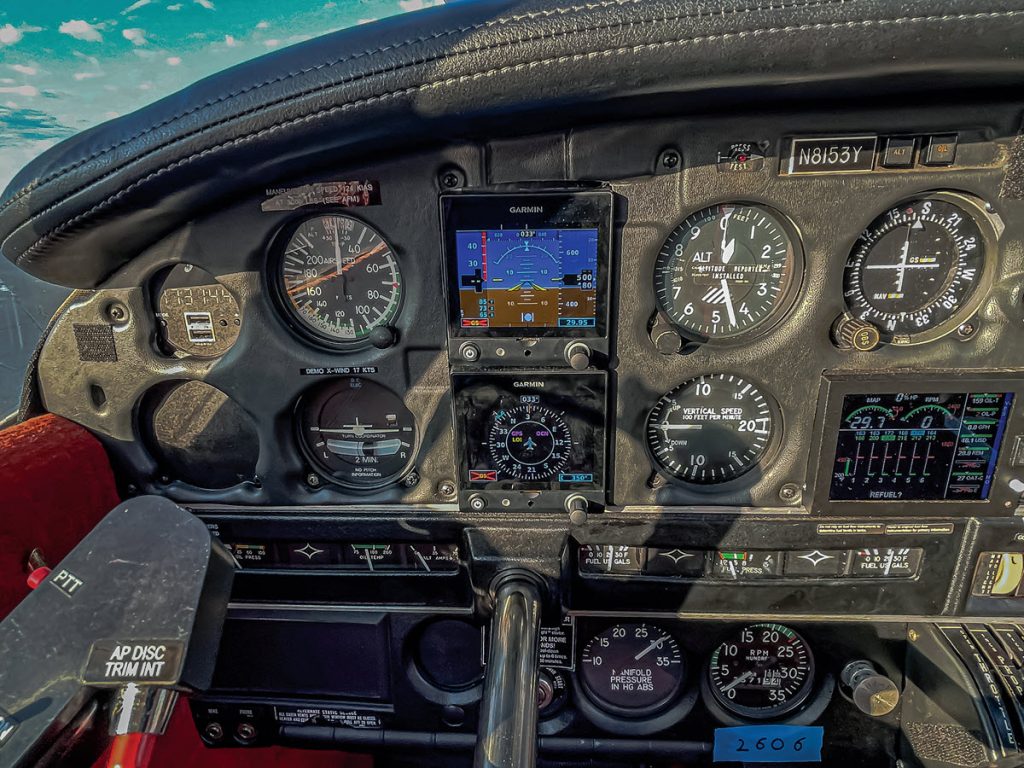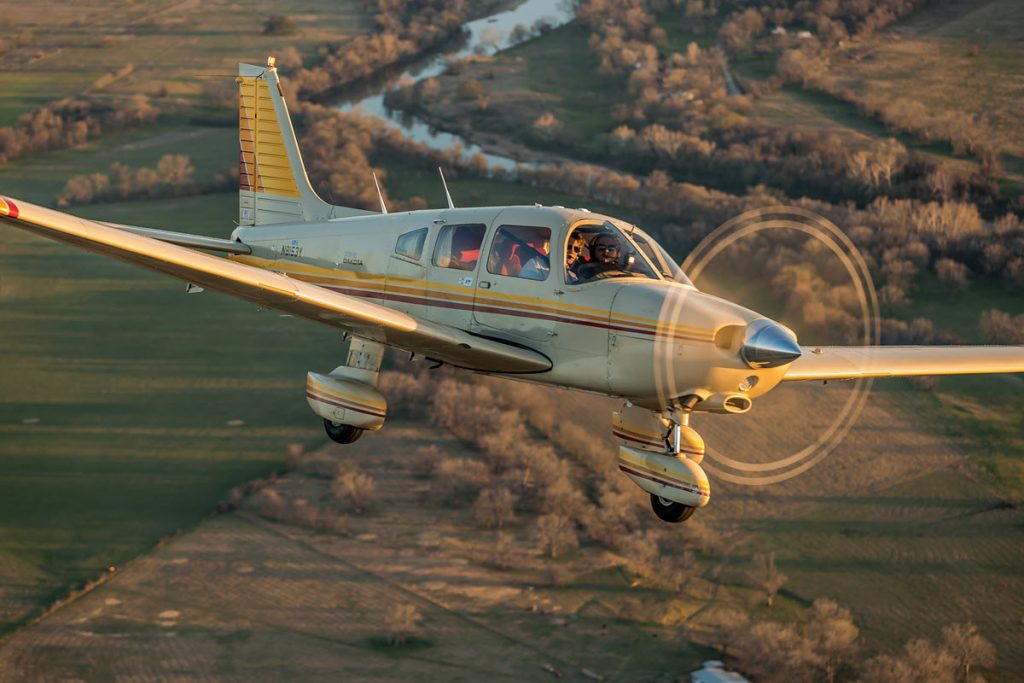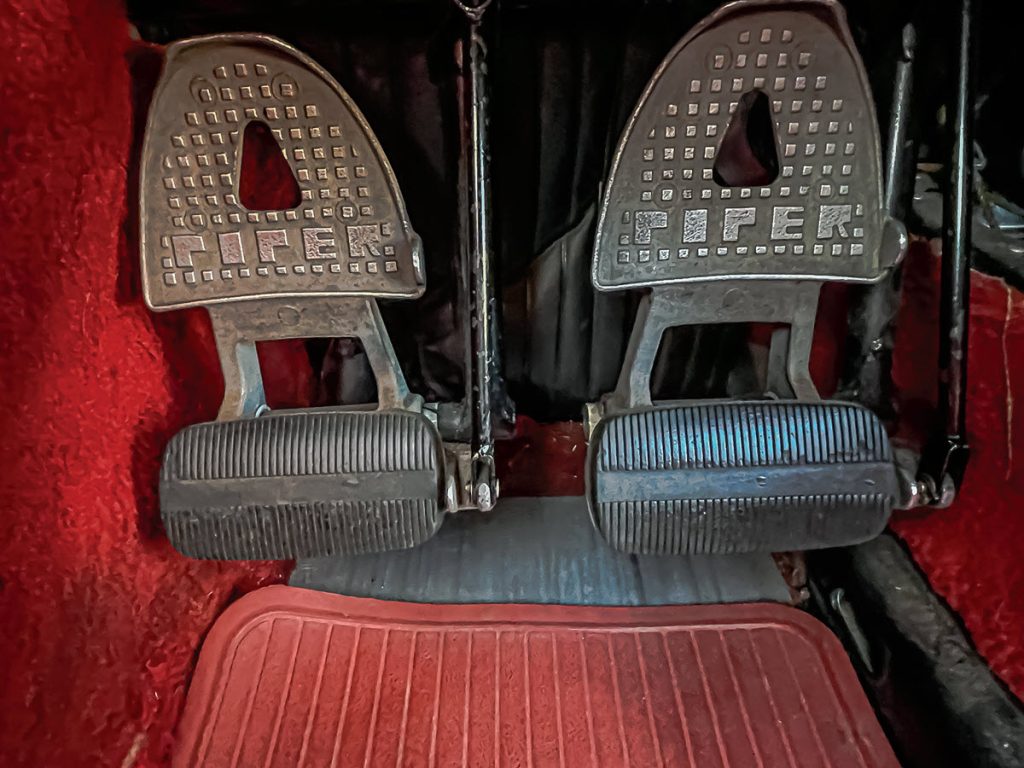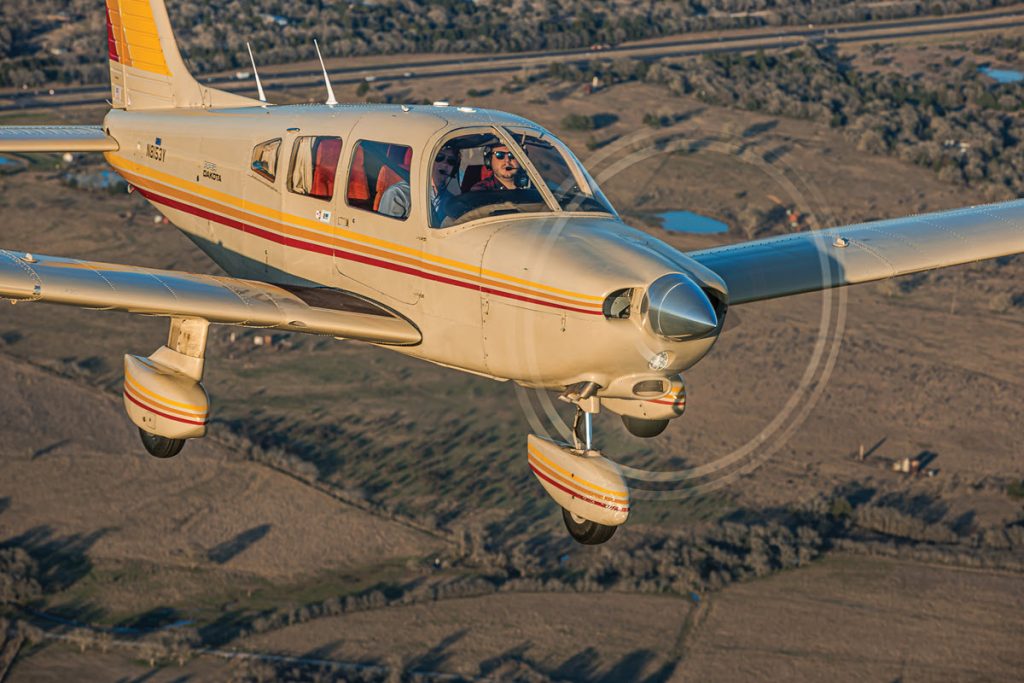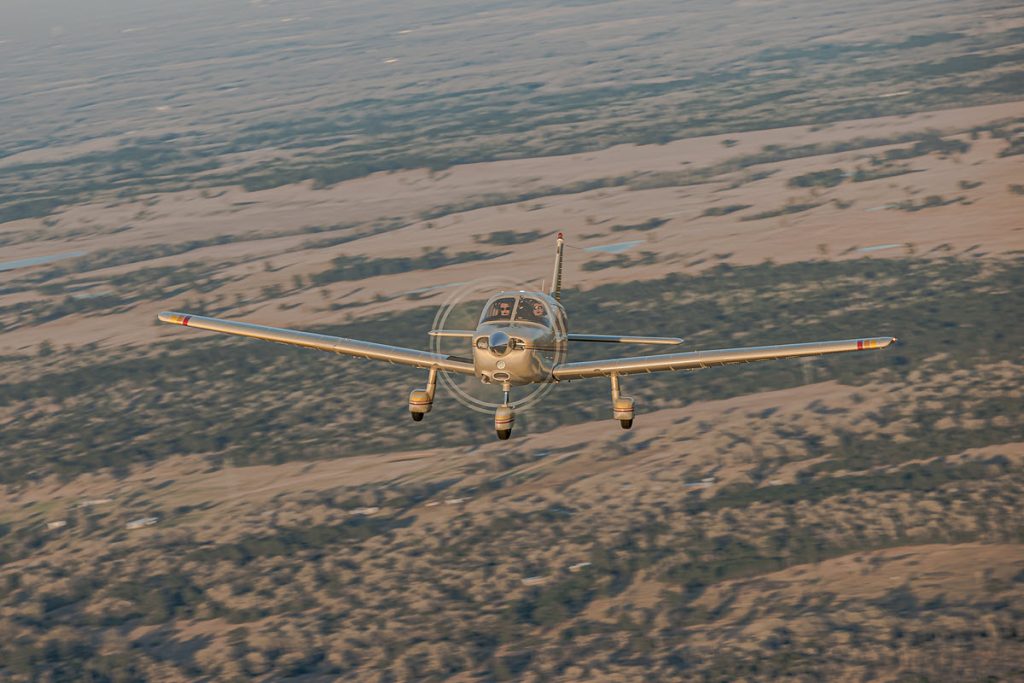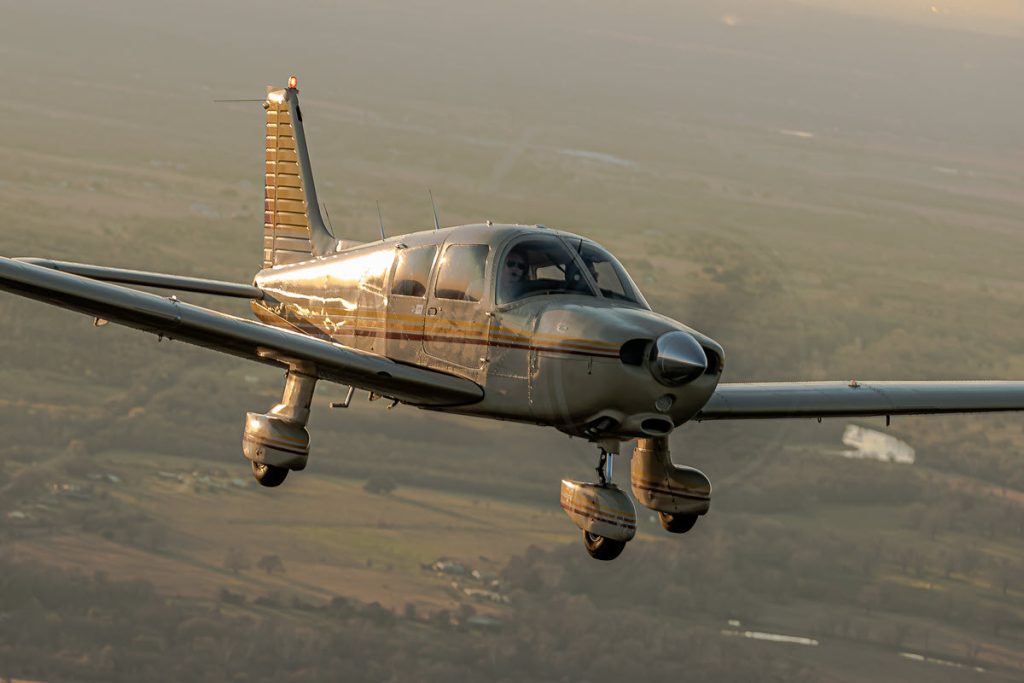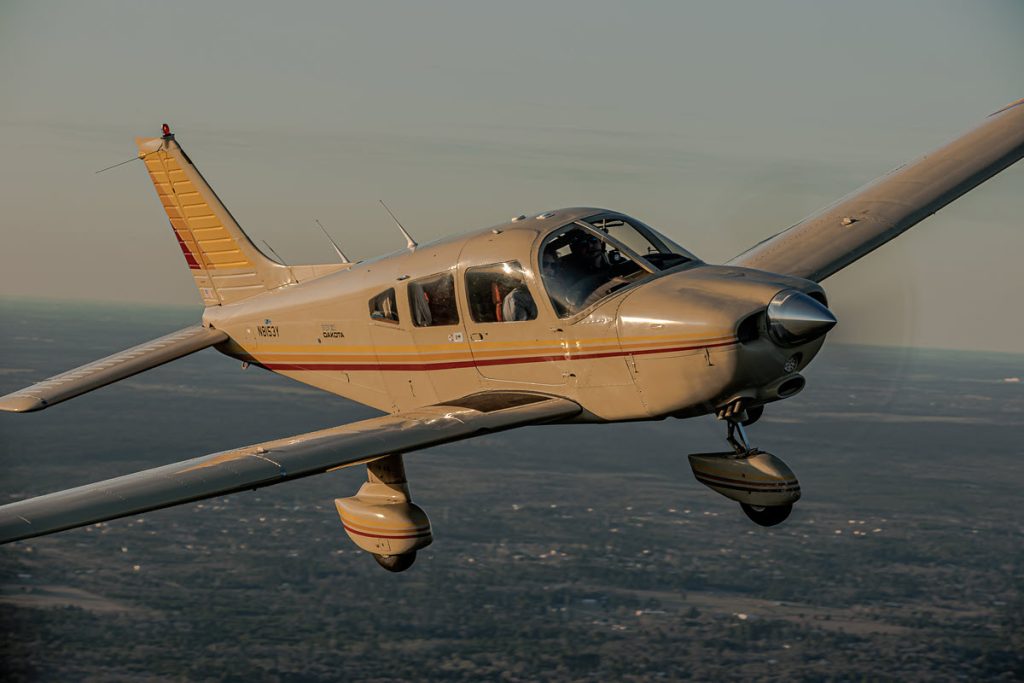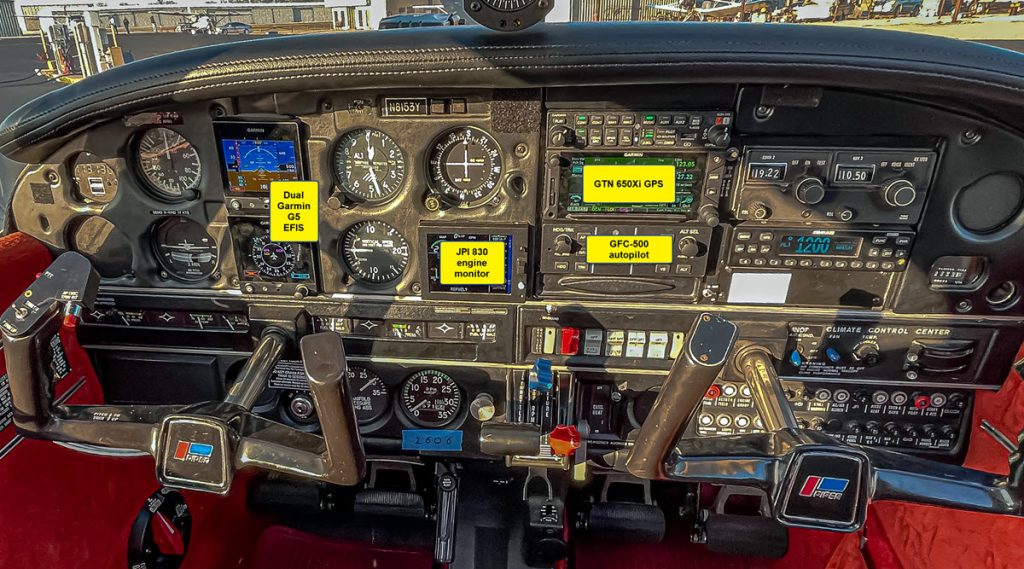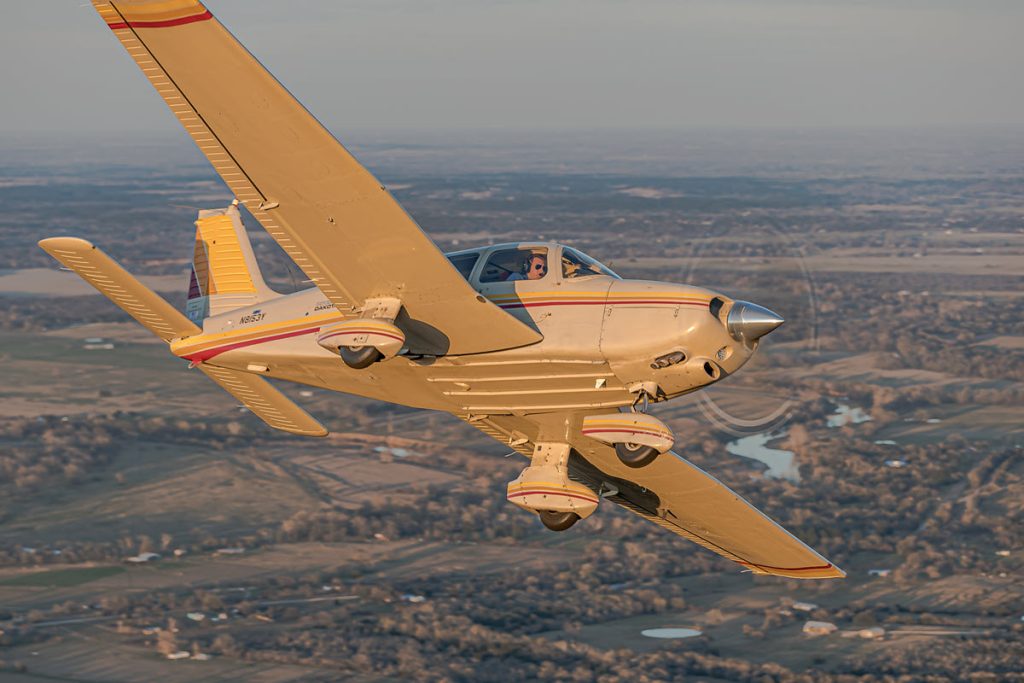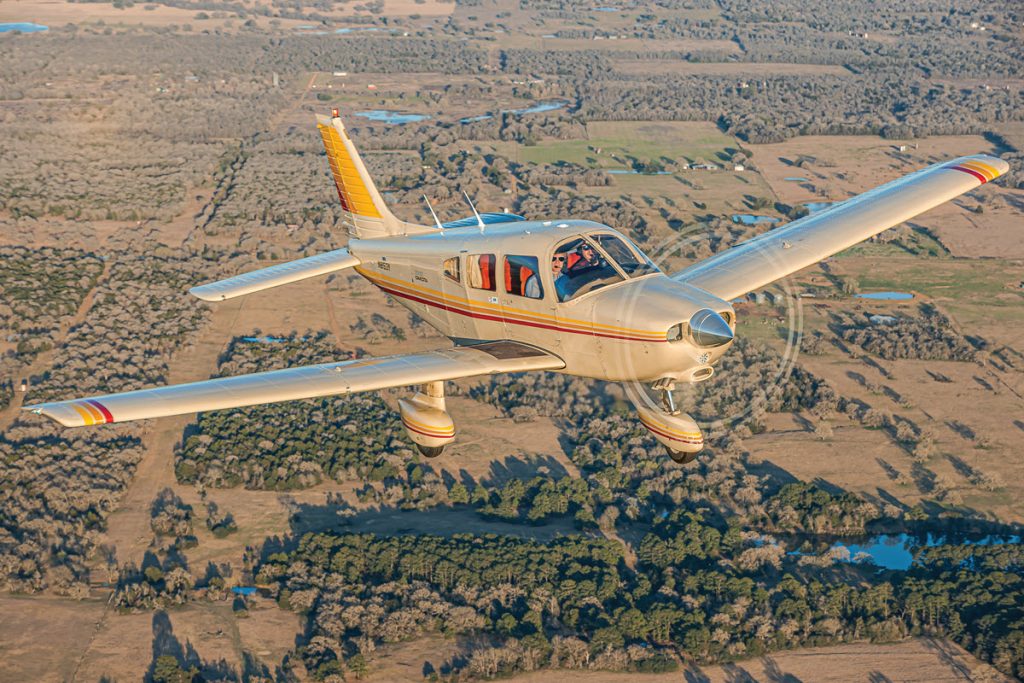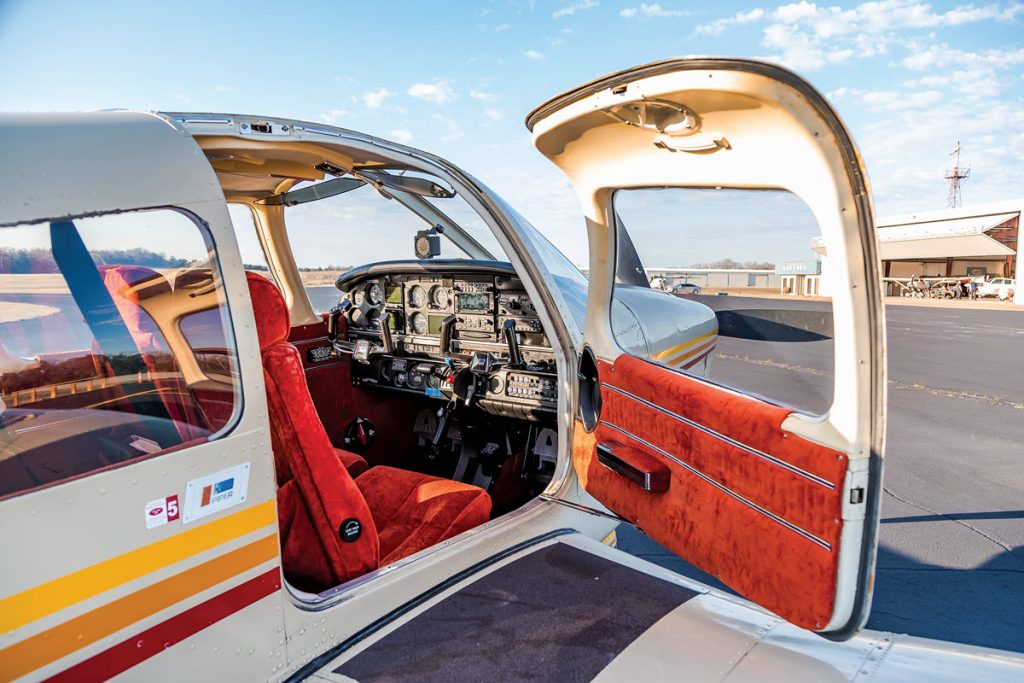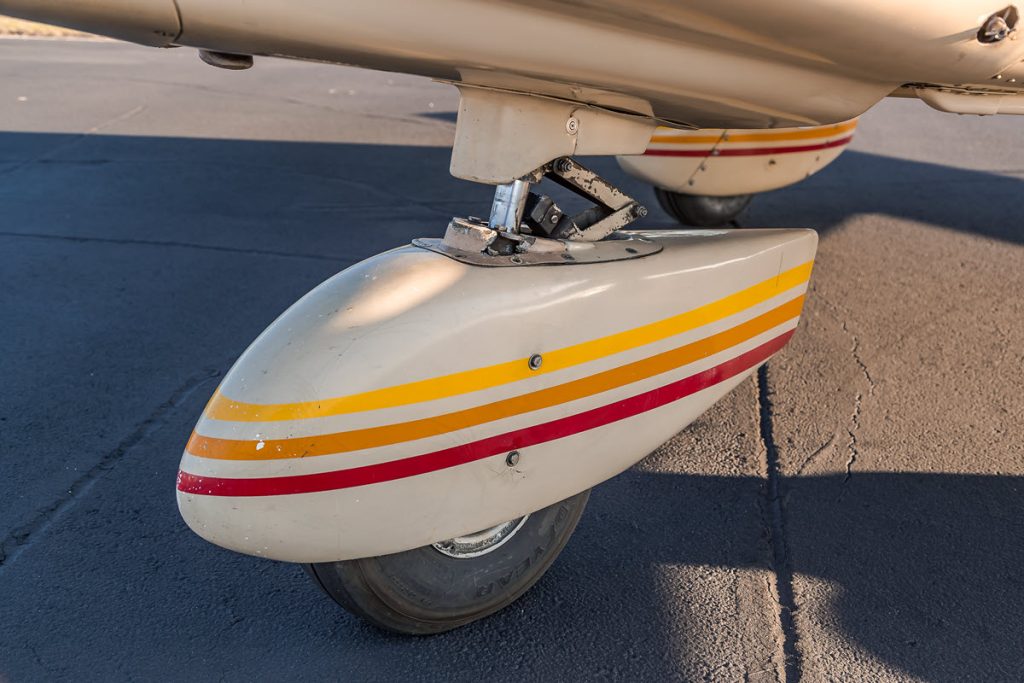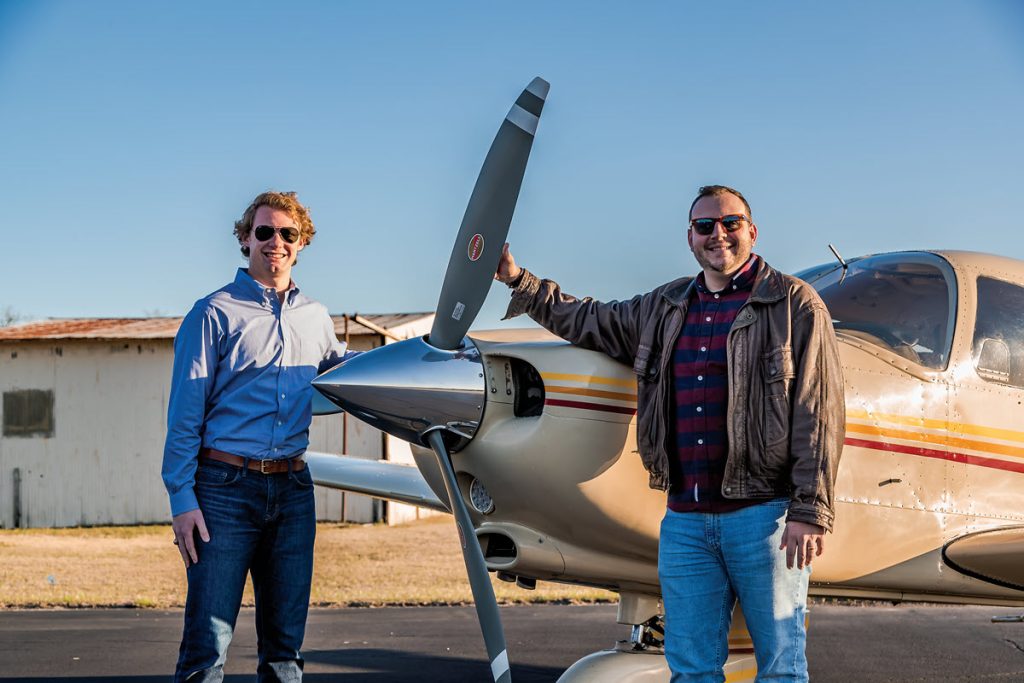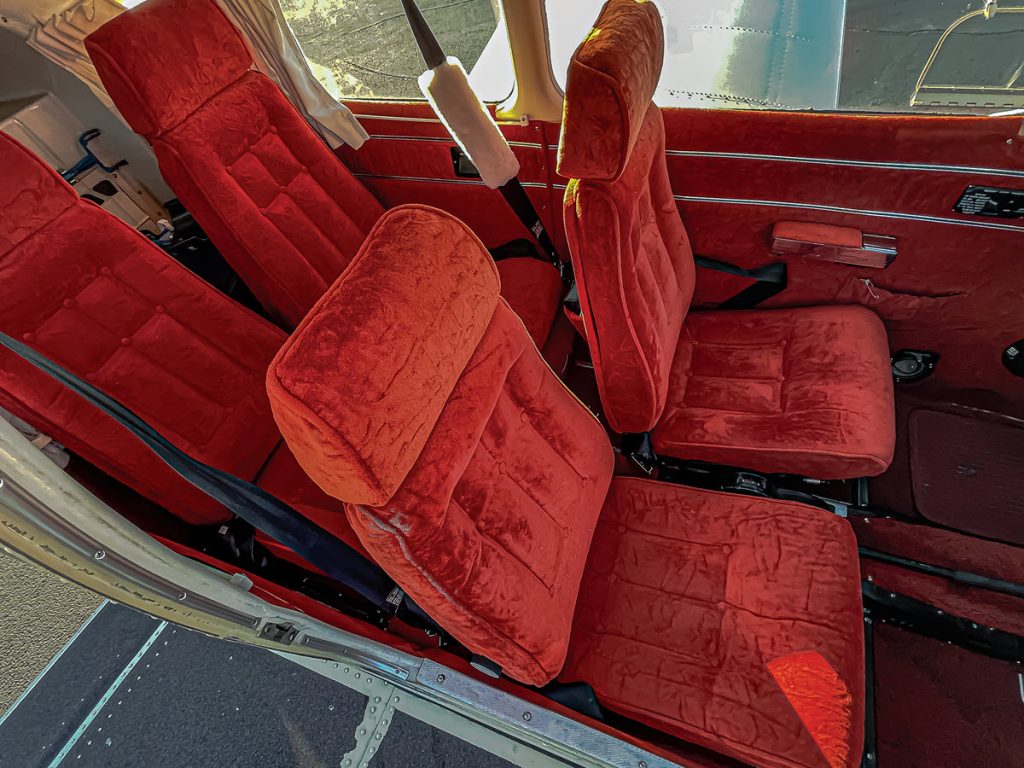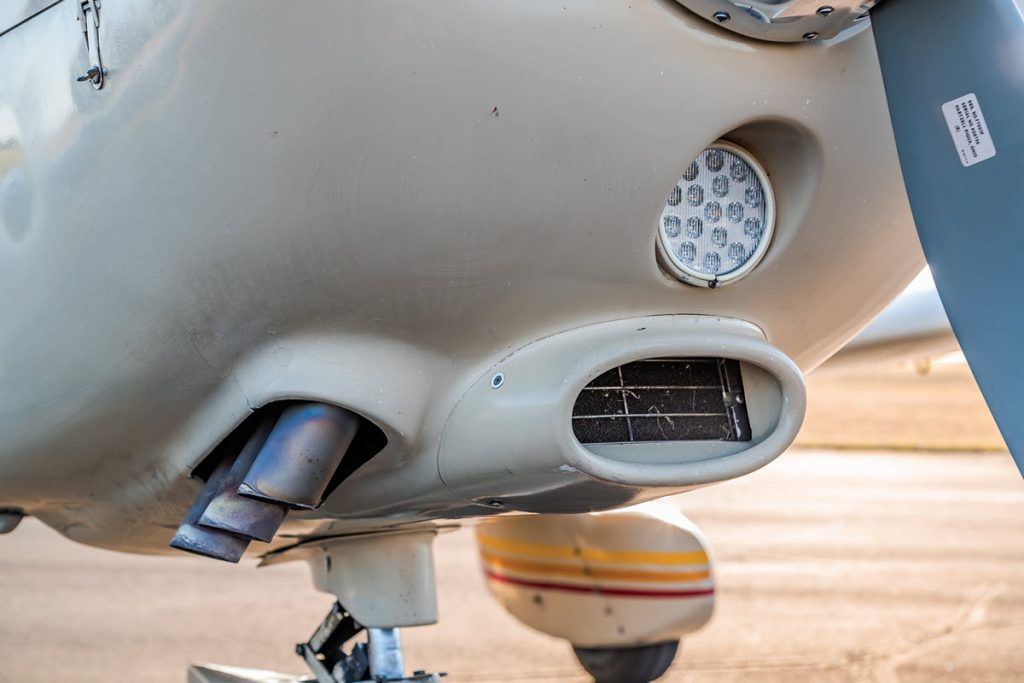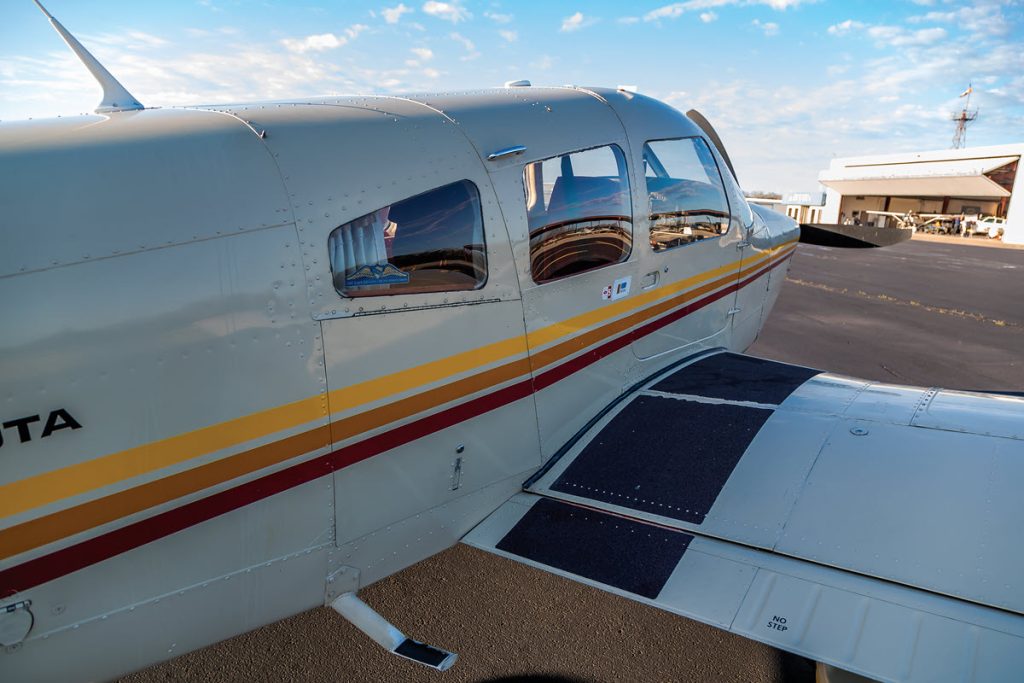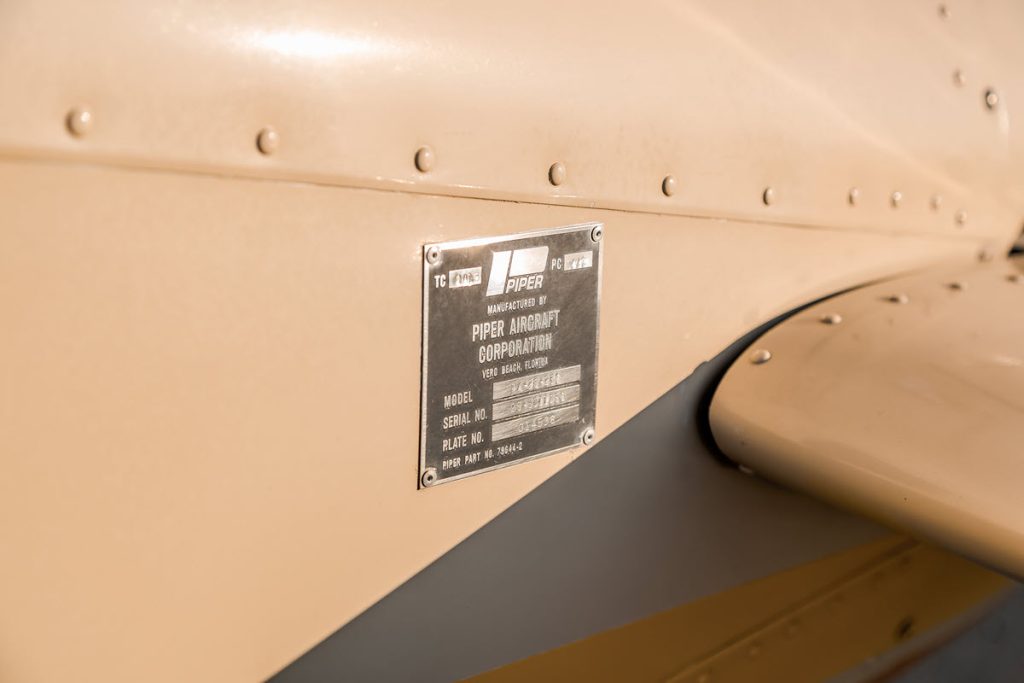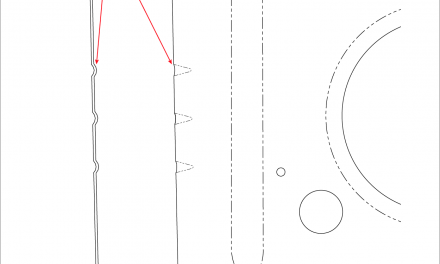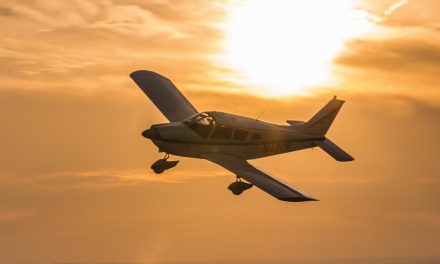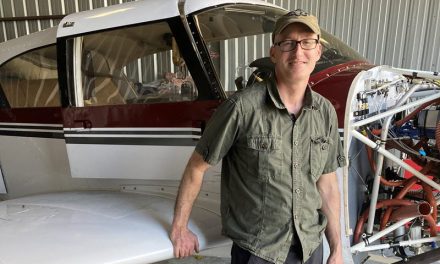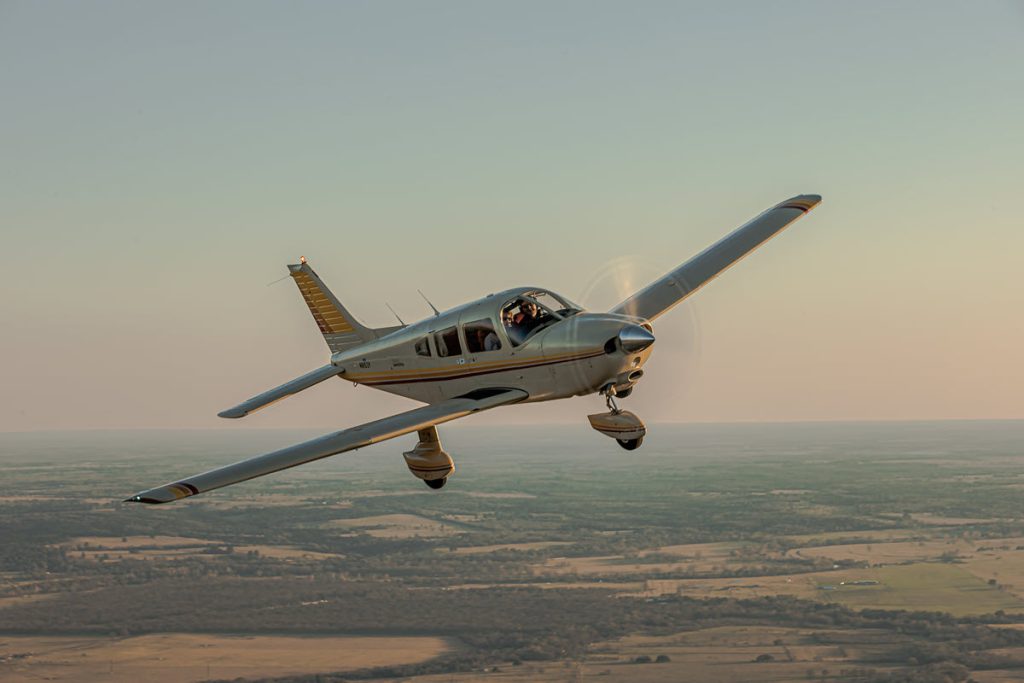
By Rocky Landsverk
The best of all worlds for most pilots would be to own the plane of your dreams and have the financial ability to fly it whenever and wherever you want.
Back to reality, most pilots have to make choices. Some fly a plane that is a little smaller and slower than they’d really like, while others share their plane with other pilots in any number of club configurations.
For Dominick Tardogno and the other 27 members of the Chandelle Flying Club in Texas, they are achieving their goals with three shared airplanes: The 1980 Piper Dakota which graces our cover and these pages; a 1976 Piper Archer; and a 1972 Piper Warrior.
Clubs aren’t for everyone, but Tardogno is an example of somebody for whom a club works. “My goal is to become a commercial pilot, and I’m well on my way,” he said. “I’m getting ready for my commercial check ride right now.
“When I joined the club about two and a half years ago, I had just gotten my private, and I had probably about 60 hours total time. I knew that I needed to get my instrument rating and I needed to build time, and eventually I was going to need to get my commercial and my CFI. So I was looking at needing to buy my own airplane and find a hangar, which in my area is nearly impossible. Also, as a single person who’s not wealthy and trying to build time, doing all of that on my own was daunting.”
Tardogno told us about the club’s Dakota. Fellow club member Doug Janewszewski was also on the photo shoot.
Purchase and Restoration
The club acquired their Dakota in August 2019 and is the second owner. “A gentleman in Seattle had owned it since new,” Tardogno said. “I think the total time on the airframe was less than 3,000 hours when we acquired it. It was all original interior, that’s the original paint, and it had all of the original avionics and radios in it. The only thing that had been done to it when we acquired it was that it had been brought up to ADS-B compliance. Everything else was all-original.”
The club only had to do some basic maintenance when it got the plane home, which was accomplished by two members who flew commercial to Seattle, then flew the Dakota back to Texas. “They did a checkout with a CFI out there in Seattle,” Tardogno said.
Once the plane got to its new home, it was flown quite a bit before the club decided to start upgrading it in earnest. “Once we got it, we flew it for probably about two months and put some hours on the airplane,” he said. “We got used to having a higher performance aircraft back in in our stable of airplanes and then, as a club, we voted on a capital expenditure to completely overhaul the avionics and redo the panel.”
Therein lies one of the benefits of being in a large club, so expenses can be shared. We can’t all pull the trigger on major Garmin upgrades, which typically go north of $50,000, but with 28 partners, the club went all-in.
“We were able to put a fairly significant avionics package into this airplane,” Tardogno said. “We put in a stack of two G5s for the primary instrumentation. We were able to put in an IFR-certified GPS, that’s the Garmin GTN 650-Xi. We added a JP Instrument 830 engine monitor and fully functional GFC 500 dual-axis autopilot. It’s a fantastic autopilot that interfaces really well with the G5s and 650.
“So this plane is very, very nice for cross-country flying and particularly for instrument flying. You can fly pretty much any kind of approach, but especially an area navigation (RNAV) approach with a localizer performance with vertical guidance (LPV), from the initial approach fix, it’ll fly you right down to minimums, which is pretty awesome.”
Landing a Dakota
Tardogno has flown a lot of airplanes, but this has been his first experience in a Dakota. He gave us advice for people wondering about the type. The first is understanding that it’s powerful but heavy. “There are a couple of things to know about the Dakota, and I had about 50 hours in an Archer before I ever flew this airplane, so stepping into a Dakota from a similar, taper-wing Piper, it flies very similarly to a Cherokee in a lot of ways, but there are a couple of things that are pretty different,” he said.
“One difference is that it’s much heavier. You don’t notice that much when you’re flying it, because of the additional power, but as soon as you do your first ‘engine-out’ in a Dakota, you realize that it is a much heavier airplane, because it drops like a rock. It will not float in the same way that a Cherokee 180 or an Archer will.
“One of the ways that becomes particularly relevant is in your landing technique. In my experience with this airplane, it lands a lot smoother if you carry more of a soft-field landing technique with it and you hold a little bit of power in, and then use the power to sort of soften the transition as you flare.”
Respect the Power
Dakota difference number two, for pilots who are used to smaller planes anyway, is that you need to watch the torque, because of the power. “The other obvious difference, for somebody coming from a 172 or a Cherokee 180, is on a takeoff or in the air doing a go-around, the torque factor is much more significant because it’s a higher horsepower motor,” Tardogno said. “And our plane, in particular, has a three-blade climb prop on it, so it will definitely try to rotate the airplane if you firewall it.
“So one of the things that that I like to tell people who are new to the club, when they first fly the Dakota, is that if you have been trained in lower horsepower airplanes, you have a tendency to smoothly but aggressively put throttle in. You don’t have to do that in this airplane. For example, on a go-around, you don’t need full power most of the time. If you’re on final approach with flaps at approach speed, which is 72 knots in this airplane, and you firewall it, it’s a handful. You want to be judicious with throttle application.”
Piper Dakota Specs
| Engine | Lycoming O-540-J3A5D |
| Horsepower | 235 |
| Min. Octane Fuel | 100LL |
| Gross Weight | 3,011 pounds |
| Ave. Empty Wieght | 1,608 pounds |
| Ave. Useful Load | 1,403 pounds |
| Total Fuel | 77 gallons |
| Wingspan | 35.4 feet |
| Length | 24.7 feet |
| Height | 7.1 feet |
| Doors | 1 |
| Seats | 4 |
| Top Speed | 170 mph (148 knots) |
| Cruise Speed | 165 mph (143 knots) |
| Best Glide | 98 mph (85 knots) |
| Takeoff Roll | 886 feet |
| Takeoff Over 50-ft Obstacle | 1,216 feet |
| Landing Roll | 1,725 feet |
| Landing Over 50-ft Obstacle | 825 feet |
| Service Ceiling | 17,500 feet |
Extra Payload, Extra Petrol
With nearly a 1,400-pound useful load, even with full fuel, you’re able to carry four people. Tardogno plans for 13.5 gallons per hour when full, which is pretty reasonable for carrying that much weight. “It’s between 12 and 13, and that’s if you’re cruising at max cruise,” he added.
So it’s not as miserly as some other planes, but then again, they can’t carry 1,400 pounds. Tardogno pointed out that within a mix that also includes an Archer and a Warrior, this is a good option in certain situations.
“Prior to the Dakota, we had a Cessna Cardinal. That was our third airplane, and we had a couple gear-up incidents, and our insurance company decided we needed to change airplanes,” said Tardogno, noting this was before he joined the club. “Some of our members still miss that airplane.
“But where the Dakota fits in really well is good fuel burn and great useful load. It’s not quite as fast as some complex airplanes like an Arrow or a Mooney, but you don’t have to worry about the maintenance and insurance costs of operating a retractable gear airplane.”
Heavy Usage
The club flew this plane over 400 hours last year. There isn’t much to do in the next year or two, from a maintenance standpoint, but that time will come quickly when you’re flying a plane this much. There are about two years left before TBO, and at that time, the club will have to decide what to do regarding its engine and especially its magnetos. The plane has the infamous (in some opinions, anyway) single drive shaft magneto setup.
“When we replace it, one of the things that we’re considering, and we have research to do yet, is actually replacing the engine with a different version of the O-540 that’s a more modern one that has a true dual magneto system,” he said. “Our magnetos are on the same drive shaft.”
“There’s no STC that will allow you to put an electronic mag in it. That’s an upgrade that we did to the Archer; we put a SureFly emag in it, and we’d really like to put an emag on the Dakota at some point.”
Besides the engine, Tardogno said he’d like the club to add air conditioning, as well. “The Dakota originally came with factory air conditioning, which is something that I’ve been advocating that we swap out at some point and get it working again,” he said.
Why Join (or Form) a Large Club
Tardogno said the club is an “equity club,” which means you buy into the club and own 1/28 of its assets. He added that the club might take on a couple more members and make it 1/30. “I looked at it more as an investment than a one-time fee,” he said.
There are fixed rates per hour, and that money goes into the maintenance fund for that particular airplane. Also, monthly club dues cover our fixed costs (insurance, hangar, etc.).
He said the club also has fairly flexible rules, including being able to take the planes for overnight trips. “We treat the airplanes as if they were our own,” he said. “There are some guidelines, like you can’t book things out more than a month in advance unless you get approval from our board of directors, and we try to limit reservations to seven days consecutively unless you get prior approval. But people are very rarely denied anything.”
Click on a photo to open a pop-up slideshow
